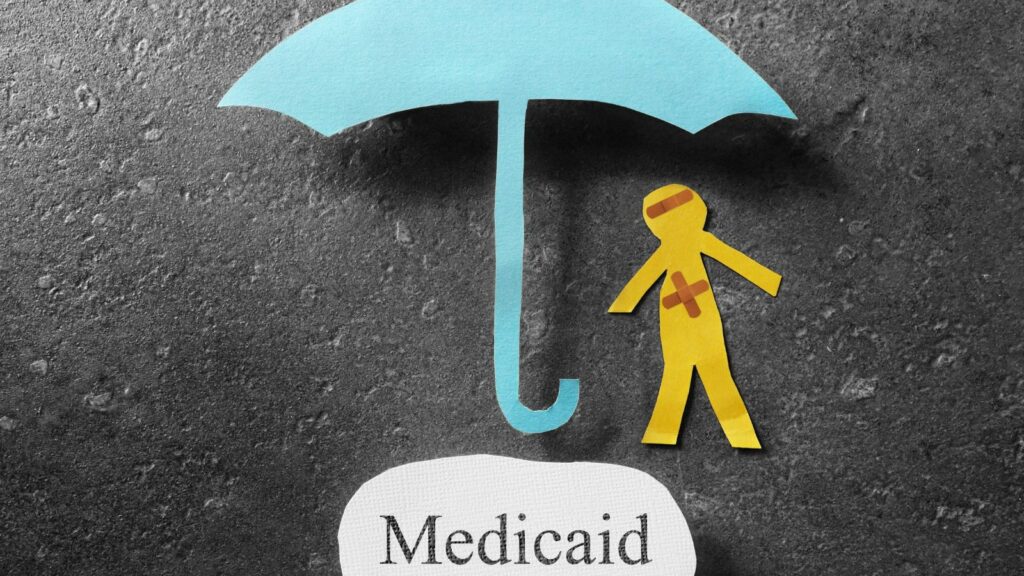Ever been caught in a situation where you wished you knew more about emergency preparedness? I’ve been there, and I know how crucial it is to have the right knowledge at your fingertips. This article is all about the emergency preparedness response course pretest answers – a topic that’s often overlooked, yet incredibly important.
Emergency Preparedness Response Course Pretest Answers

As we move forward in the blog, let’s get a clearer perspective on emergency preparedness response course pretest answers. Not only are these lifesaving, but they provide the necessary skills to tackle emergency scenarios.
Pretests hold a pivotal role in the learning process. They gauge existing knowledge, aiming to shape and steer the course material appropriately. By understanding where students already shine, course instructors configure lessons to address blind spots, boosting overall comprehensiveness.
Evaluating Your Knowledge Before the Course
Grasping the format of pretests and calibrating the knowledge range is key for any successful participation in an emergency preparedness response course. The role of pretest answers constitutes a cornerstone in this learning journey.
What Are Pretest Answers?
Pretest answers, in any educational course including emergency preparedness, serve as benchmarks for gauging participants’ initial knowledge levels. They’re responses to a series of questions posed before the actual course commences. The intrinsic idea behind pretest questions is to assess what you already know, and what you don’t, about the course’s subject matter. These answers then provide educators with an insight into individual and collective knowledge gaps, allowing them to tailor course material accordingly.
Benefits of Pretests in Emergency Preparedness

The pretest model is highly beneficial in crucial skills-enhancing courses such as Emergency Preparedness. One direct benefit, it offers an opportunity for participants to ascertain their existing understanding of emergency response mechanisms. This early insight can pave the way for focused learning during the course.
Pretests also present an organized means for instructors to adapt course methods. By analyzing the patterns in pretest answers, they can identify common misconceptions or overlooked aspects of emergency response and adjust their teaching methods to address these areas specifically.
Linked to this, another intriguing advantage of pretests is their role in course context retention. When you encounter knowledge gaps through pretest questions, you’re likely to remember the correct information when you learn it during the course. Thus, pretests can aid in reinforced learning, which is critical in high-stakes fields such as emergency preparedness.
Key Topics Covered in Emergency Preparedness Courses
Disaster Management
Disaster Management forms a significant part of these courses. The focus is not merely on natural disasters like floods, earthquakes, and wildfires but also includes man-made disasters, such as chemical spills or terrorist attacks. Participants learn about the Phases of Disaster Cycle – Mitigation, Preparedness, Response, and Recovery. For instance, in Mitigation, they learn strategies to reduce or eliminate risks, while Preparedness equips them to respond effectively when disasters strike.
Medical and First Aid Response

Medical emergencies arise without warning, making Medical and First Aid Response an integral topic in these courses. Participants learn how to provide immediate care to the injured until medical professionals arrive. This encompasses learning about different types of wounds, how to clean and dress them, and even perform CPR. For example, one might learn the cycle of Chest Compressions, Airway, Breathing (CAB) to perform effective CPR during a cardiac arrest.
Shaping Effective Learning
I’ve shed light on the importance of emergency preparedness response course pretest answers. They’re not just about testing knowledge, they’re crucial tools for shaping effective learning experiences. By identifying gaps and misconceptions, instructors can tailor their teaching to meet individual and group needs, making courses more impactful. The aim is clear – to equip you with the skills and knowledge to respond effectively in emergencies. From understanding disaster management to mastering first-aid skills like CPR, these courses cover a lot. Remember, it’s not just about passing a test, it’s about being prepared when it matters most.

